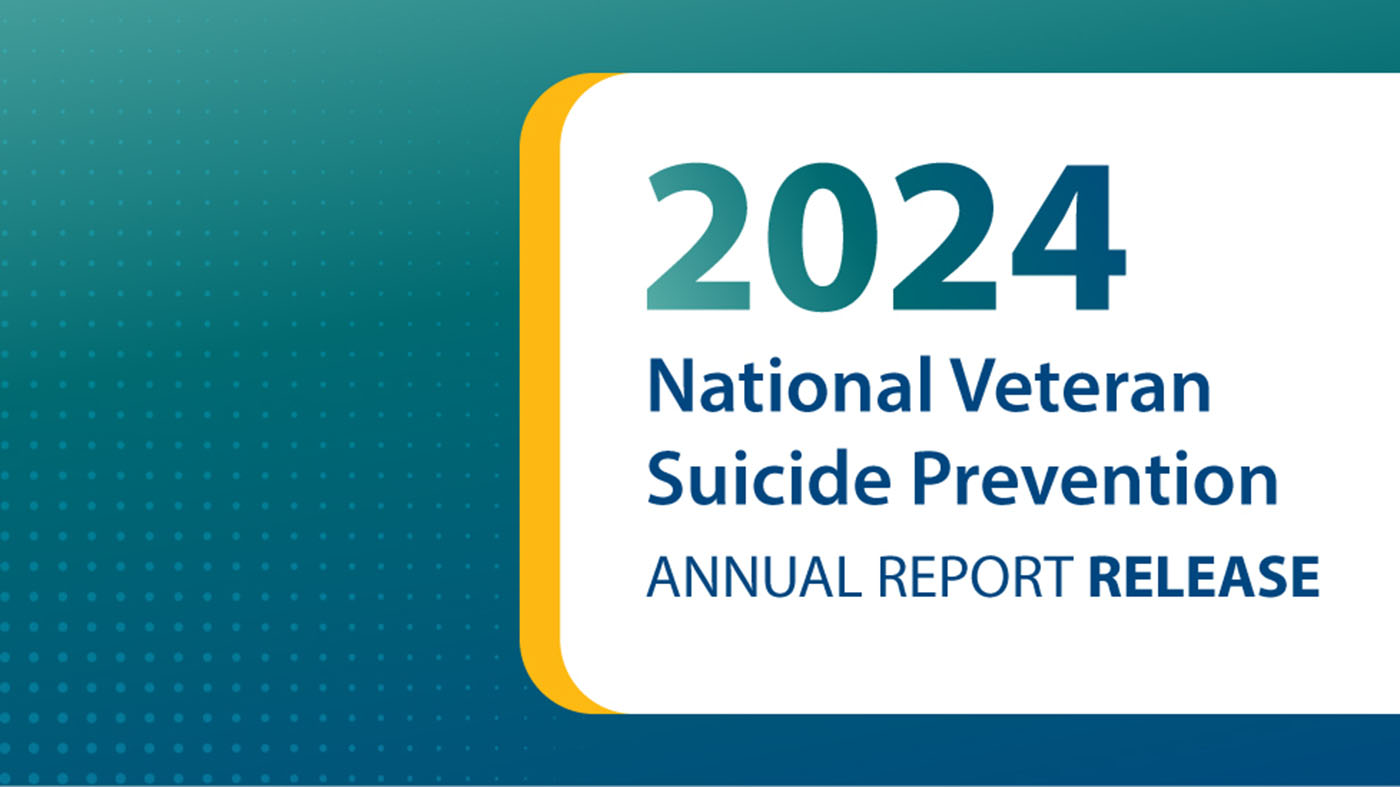400,000. That’s the estimated number of premature deaths per year associated with preventable harm to patients in the United States, according to studies published in the Journal of Patient Safety.
Patient safety is a primary concern for everyone involved in patient care at VA. It takes on a special focus during Patient Safety Awareness Week, March 14-20.
Within VA, the National Center for Patient Safety (NCPS), part of the Office of Quality and Patient Safety, leads patient safety efforts through the application of patient safety science, research and innovation, education, state-of-the-art metrics, change management, systems learning, and design and fostering a just and safe culture.
“All VHA staff have a role in patient safety,” said Dr. William Gunnar, Executive Director of NCPS. “From VHA Central Office leadership to front line staff providing daily care and services to the Veterans we serve.”
A successful aspect of patient safety in VA is the commitment and collaboration of dedicated patient safety professionals, including patient safety managers and officers, who focus their work to ensure patient safety measures are implemented consistently in Veterans Integrated Service Networks (VISN) and VA medical centers.
Met COIVD-19 challenge and came out stronger
“Over the past year, our patient care teams have been challenged as we coped with the COVID-19 pandemic,” Gunnar said. “We not only met that challenge but have come out it stronger. As an organization, patient safety has remained VHA’s focus in a constantly changing environment.”
A significant initiative impacting patient safety is the journey to become a High Reliability Organization (HRO). HRO principles ensure that the highest levels of safety standards are in place and everyone in the care team has the power to make patient safety a priority.
Everyone’s voice is important. Employees, Veterans and their family members should report any safety concerns.
To reinforce these principles, NCPS conducted baseline HRO training at all VA medical centers. Nearly 250,000 VA employees have completed training, ranging from instructor-led classes to introductory and in-depth online courses. They now apply the HRO principles to their patient safety efforts.
NCPS also instituted open office hours to support a culture of safety and Clinical Team Training that allow field-based staff to address specific issues or questions with NCPS staff.
Key factor in High Reliability Organization is a just and safe culture
A key factor in achieving HRO principles is to create a just and safe culture. “In a just culture, we acknowledge that human error is inevitable and examine a harm event in relationship to the circumstances rather than the outcome,” Gunnar explained. “Was there a training problem or were procedures not clear? We identify and address the underlying system to mitigate the risk that the event will happen again.”
Dr. Gunnar noted this change in philosophy is making a difference in patient care and safety. “We encourage people to report a safety event or a concern when something doesn’t seem right,” he said. “Most importantly, staff should feel psychologically safe to come forward and say something when they feel the need to do so.”
The HRO initiative, although early in its journey, is showing signs of impact. The health care staff categorizes patient safety incidents as close calls or adverse events. A close call occurs when someone identifies a patient safety event before harm occurs. Individuals are reporting these incidents more frequently.
An example of incident is if a doctor prescribes the wrong medication and someone questions it before giving the medicine to the Veteran. In an adverse event there is no intervention and the patient is harmed.
The ultimate goal is to mitigate risk across the organization. Over the past two years, the number of close calls has increased, and the number of adverse events has decreased at VHA facilities. This change suggests that awareness of patient safety has resulted in identifying potential problems before harm occurs.
VA Patient Safety programs have a broad impact on patient care and wellbeing. It will continue to be a primary focus with additional training and interaction with care teams.
Topics in this story
More Stories
The Medical Foster Home program offers Veterans an alternative to nursing homes.
Watch the Under Secretary for Health and a panel of experts discuss VA Health Connect tele-emergency care.
The 2024 National Veteran Suicide Prevention Annual Report provides the foundation for VA’s suicide prevention programs and initiatives.







